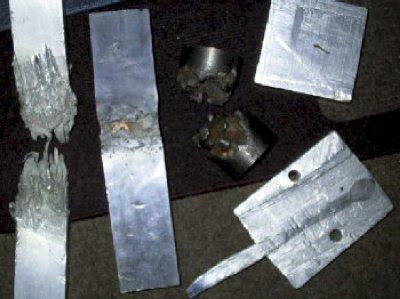Most of us have been to the doctor at least once, some of us have been there more times than that...I know that I have! I often wondered where the stethoscope came from. Here is the story of it's beginning from the folks over at
KnowledgeNuts.
The Strange Story Behind the Invention of the Stethoscope
BY ADMIN | OCT 16, 2018
How The Idea for the Stethoscope Was Cultivated
During the Autumn months of 1816, Laennec was scheduled to examine a young woman who had been laboring with heart disease symptoms. Unfortunately, Laennec was running late that day and so he took a shortcut through a courtyard at the Louvre and saw a group of children playing. According to PBS, the children were playing with a narrow wooden beam which one child held up to their ear while another tapped nails against it to transmit the sound through the beam. Although we are unsure of whether this event directly contributed to his invention, Laennec did mention that his invention was inspired by the science of acoustics and in particular how sound is conveyed through solid bodies.
When Laennec finally reached his patient, rather than using the percussion and auscultation techniques to listen to her chest, he asked for a piece of paper. He rolled it up into a cylinder, placed it against the patient’s chest, and was amazed at how well he could hear the action of the heart. According to Laennec, the heart sounds were much more clear and distinct than he had ever been able to hear with the application of his ear to the chest. Upon being amazed at what he could hear, Laennec began experimenting with a series of hollow tubes made out of cedar and ebony wood. Between the years of 1816 and 1819, Laennec would experiment continuously until he arrived at a model that was about one foot in length and 1.5 inches in diameter with a 1/4-inch central channel.
The invention of the stethoscope allowed Rene Laennec to become the first physician to reliably distinguish between lung abscesses, bronchiectasis, emphysema, hemorrhagic pleurisy, pneumothorax, and pulmonary infarcts. He was also able to describe their associated heart sounds and murmurs, widening the understanding between these cardiac maladies. Although the stethoscope went through some major changes to weight, acoustic quality, and design, the basic principle has remained the same since its inception and is now a widely accepted and essential diagnostic tool.
As I said, I got this information from the folks at
KnowedgeNuts. You can reads the rest of the story there if you wish.
Coffee in the kitchen again this morning, as the rain is coming back.





















